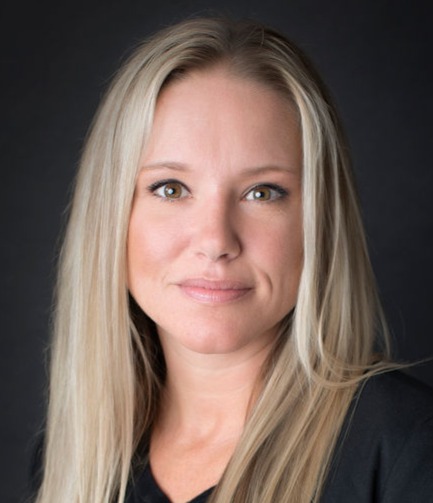Maybe CMS Should Follow the Example of the Los Angeles County Fair
- jramieri

- Sep 27, 2022
- 4 min read

A year ago, this past May, an article appeared in the Los Angeles Times, LA. County Fair is Moving from Scorching September to Cooler May. It told the story of how the Los Angeles County Fair has struggled with its traditional three-week time slot in September. September is typically a scorcher in Southern California, with temperatures surpassing 90 degrees, and often includes the monsoon rains typical of the Southwest. For years there has been discussion of how to move the fair to May, a more moderate season.
The fair had already been canceled for two years because of the pandemic, so management and the board of directors decided this was the time to make the change. Take advantage of the pandemic to break a long tradition.
Maybe CMS Should Follow the Example
Yes, you read that right.
Use the pandemic as an excuse to overhaul the CMS five-star rating system. What better time? Heck, we’ll write the press release.
There are two reasons this should take place. One has happened, and one is about to happen.
What happened was the pandemic. As we’ve written before in these blog posts, more than 200,000 SNF residents and employees have died since early 2020 from COVID or COVID-related issues. Census rates dropped 11 points industry-wide to 67.5%. Employees left in droves, partly concerned about contracting COVID, partly because of overwork and over-stress, and partly because the Great Resignation drove up wages in other job categories. Skilled nursing facilities across the country are hurting. Census is coming back, but everyone needs the employees to serve them.
What’s About to Happen?
We’ve talked about it in the last two blog posts (here and here). The industry is on the verge of a demographic tidal wave (often referred to as the silver tsunami). The overall senior population expands every day. In 2016 it was 46 million. In 2060 it will be almost 100 million. More importantly, and more critically, the number of seniors over 85 (those most likely to need post-acute and senior care services) is tracking to quadruple in the next 20 years. This means a different industry. Why is CMS measuring them with old parameters?
New Demands Need New Measurements
As reported in a recent article in Skilled Nursing News (Why the Five-Star Rating System Needs an Overhaul—and How to Fix It), CMS’s five-star rating system is determined by adherence to regulatory measures, staffing, and quality, in that order. “It doesn’t tell you anything about the quality of the lived experience of the resident,” said Howard Gleckman, a senior fellow at the Howard Brooking Tax Policy Center at the Urban Institute.
We couldn’t agree more. On the pages of this blog, we have discussed two examples of superior performance at an SNF that never came to the attention of CMS and the five-star rating system.
The health director of a facility recommended to the family of a resident that they consider changing the Medicare coverage of their loved one to a provider that sent out a weekly visiting nurse. The result was a substantial drop in the number of UTIs suffered by this resident.
Another family decision maker agonized over whether his mother, in declining health, should transition to hospice. That same health director shared that she came from a hospice background. She affirmed that he was making the right decision.
Neither one of these stories has an effect on the CMS rating under the current system. But these are instances in which an employee at an SNF made a difference. The CMS five-star system needs to figure out a way to catch these kinds of events.
So Why Overhaul the System Now?
The SNN article also quotes Rachel Little, director of clinical compliance for Lutheran Senior Services, based in St. Louis, MO. Little told SNN that some of their facilities had not had their annual licensure survey in three years. At this point, another year or two will not hurt, and it will prepare everyone for a new demographic reality.
The five-star system is working with what an analyst would call correlation and not causation …. Staffing turnover, for example, is a proxy of quality care. Still, it would be much better if five-star consisted of quality metrics.
Perhaps it is time for industry stakeholders, owners, operators, industry associations, CMS, and interested state agencies, to sit down and discuss the future of senior care and how we measure its effectiveness.
We’d be remiss if we didn’t mention data because the senior care industry is on the edge of a data revolution. Within that information are the secrets of what matters in senior care, LTPAC, and skilled nursing facilities. That will take some work, but 100 million seniors are counting on us.
CareWork is About the Data
Using data analytics in senior care facilities, leadership can leverage the best technology to improve efficiency. While technology cannot replace human compassion or connection, it does alleviate underlying stressors by replacing outdated, time-consuming processes that frustrate employees. It can also help stakeholders, including CMS, determine what matters.
CareWork ties your data together in a simple and intuitive platform using the systems you already have in place. Information formerly in silos is now available in one place, revealing interconnectedness you might not have seen before.
Are you ready to work faster and avoid duplicate work? If so, contact us today.



